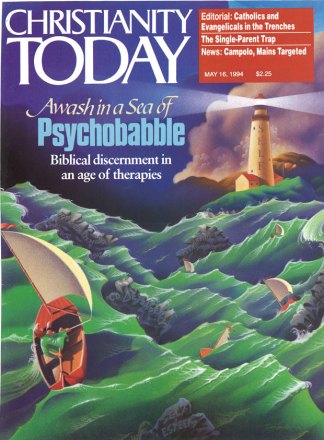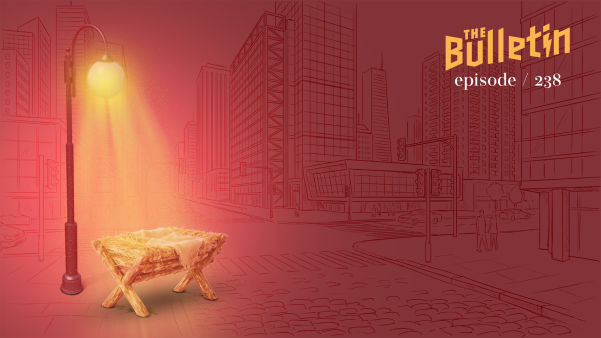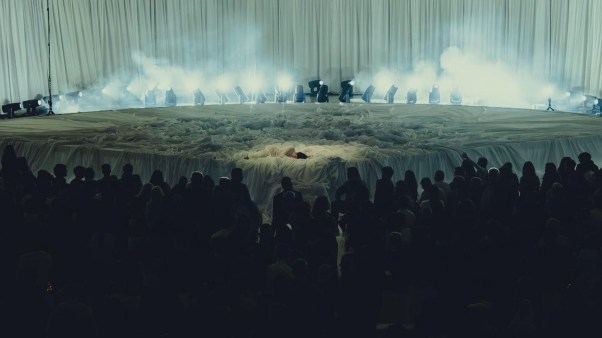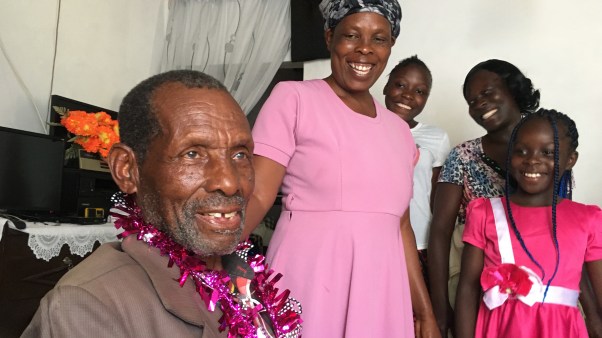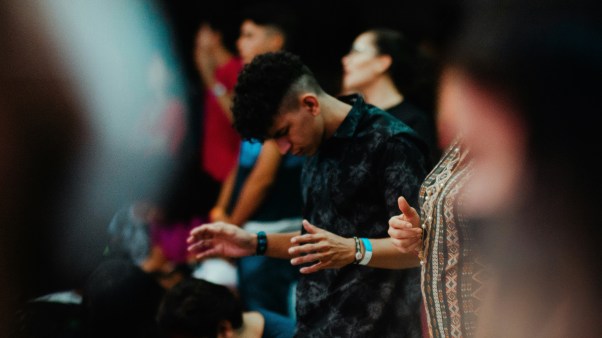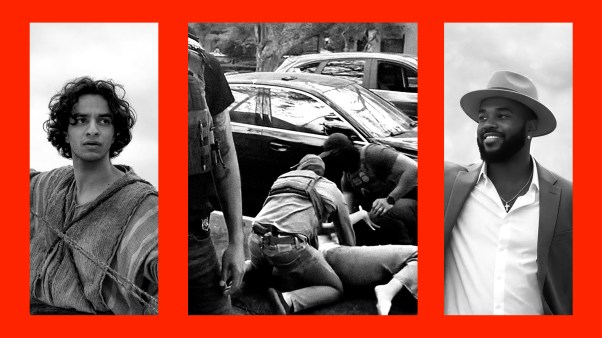Women clergy struggle for legitimacy as they celebrate their call to pastoral ministry.
Seven years ago, Susie Stanley, a professor at Western Evangelical Seminary in Oregon, noticed a disturbing trend: fewer and fewer women were pastors in denominations that had a long history of ordaining them.
Amending a term from corporate America, Stanley has described this problem as “the stained-glass ceiling.” She says, “It’s just like in the business world. In the church, there is a certain ceiling. Depending on which church, it can be high or low. One level can be available to you, while another is not.”
Recent denominational statistics reveal dramatic decreases in women pastors. In the Church of the Nazarene, less than 1 percent of the American congregations are pastored by women. By contrast, 20 percent of Nazarene clergy were women in 1908. In the Church of God (Anderson, Ind.), another denomination that endorsed women clergy from its beginning, the percentage of women pastors has declined to 15 percent from a high of 32 percent in 1925. Other churches in the Wesleyan-Holiness tradition that ordain women have experienced similar declines. The sole exception has been the Salvation Army. Women today still constitute a majority of commissioned Salvationist officers in America as they did in 1896, perhaps in part due to the group’s distinctive practices of requiring both spouses to be officers as well as commissioning single men and women.
Alarmed by the steep decline, Stanley and others agreed to pool their resources to focus on the needs of women clergy, resulting in the first International Wesleyan-Holiness Women Clergy Conference, “Come to the Water: A Celebration of Our Call.” In April, about 400 women attended four days of meetings in Glorieta, New Mexico.
“We have a great heritage of women ministers in the Holiness movement and specifically with the Church of the Nazarene,” says Wilbur Brannon, a pastoral ministries director in the Church of the Nazarene. “What was more acceptable back in the original days of our movement is more difficult to recapture.”
Brannon says, “I’m afraid [there] has been an influence from those sectors of conservative Christianity which disallow the use of women. We need to reaffirm the specific values that are inherent in the Wesleyan tradition and in our Holiness movement.”
Many liberal feminists, Stanley says, have asked her: “How could you Holiness people do that liberal thing and have women preachers?” And she responds, “We have an understanding of sanctification or holiness. The Holy Spirit does not have a list of gifts for men and for women. It is for everybody.”
Yet even within the Holiness movements, placement of women as pastors in churches has been difficult. Delia Nuesch-Olver, senior pastor of the New Hope Church, Rochester, New York, says, “The reality is that we are dealing with a reaction to feminism. There are churches that don’t want a woman pastor.
“I have not found that to be a problem, because I am in church planting. New Christians don’t know that ‘women are not supposed to be pastors.’ ”
Compared to mainline denominations, which began ordaining women only in recent years, Stanley says the Holiness movement has a “usable past” in recognizing women in ministry dating from the mid-nineteenth century. In 1892, more than 60 percent of Free Methodist evangelists were women. She says, “I’ve had more men say to me, ‘I was saved under a woman evangelist.’ ”
The struggle for recognition
Nevertheless, formidable barriers to women in ministry remain. Many women spoke of their personal struggle for recognition and legitimacy, and of subtle but deep hurts from rejection. “There is not a sense of bitterness,” says Bonnie Brann, a staff member at a Free Methodist Church. “I have seen women weeping. We are just acknowledging the reality of the struggle.”
Karen Winslow, a Bible professor at Seattle Pacific University, says some restrictions placed on women are oppressive. She says, “Pentecost is the paradigm. The Holy Spirit fell, and men and women prophesied. It is only later [in church tradition] that sex was an issue in who should be a leader.”
Winslow believes candidates for ordination should be evaluated on the basis of their abilities and their call, not gender.
In spite of the difficulties, the first cracks in the stained-glass ceiling may be emerging. Steps for a similar conference in 1996 have been initiated. Several newsletters for women clergy have been launched.
Addie Wyatt, copastor of the Vernon Park Church of God, Chicago, advises, “Sisters, let us go forth reaching and touching and teaching and preaching. You may not get a pulpit in a church. Don’t worry about it. Every street has approximately four corners. There is a lost world. We don’t have enough preachers, male and female, young and old. We’ve got to get out there and say, ‘Come! Come and see a man who told me everything I knew.’ Isn’t that what the woman of Samaria did?”
By Timothy C. Morgan in Santa Fe.


